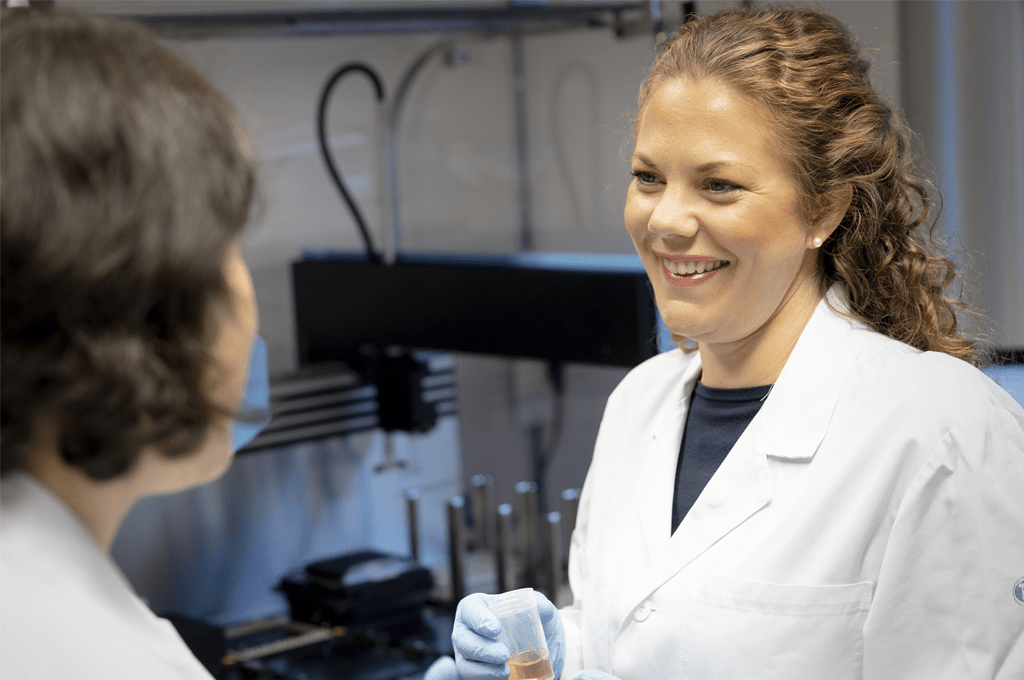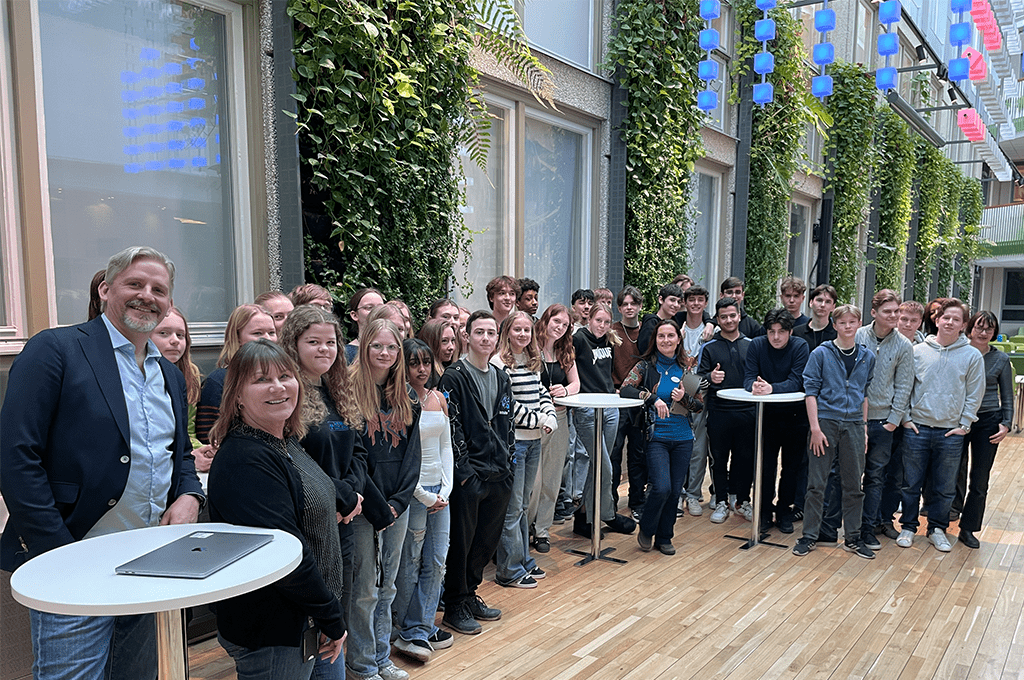Controlled attachment and detachment of cargo from protein capsids for targeted delivery
Stefan Wennmalm at the Advanced Light Microscopy unit at SciLifeLab has used FCS to show that protein binding to the inside of virus capsids can be controlled by calcium. The study was led by Ingemar André at Lund University and is published in Angewandte Chemie International Edition.
The study was focused on developing a targeted delivery system based on virus capsids. This approach has been attempted previously, but it has so far not been possible to turn off the cargo-container interaction and thereby allow the cargo to diffuse freely inside the lumen of the container. Calcium sensitive Calmodulin protein molecules were GFP-tagged and loaded into the capsids, with the aim of controlling the binding to the inside wall of the capsids by adding or removing calcium. It was shown by using the Fluorescence Correlation Spectroscopy technique (FCS) that the rotation of the Calmodulin-GFP molecules inside the lumen was markedly slowed down in the presence of calcium as compared to when calcium was removed, thus supporting calcium dependent cargo binding to the capsid wall. The separation between cargo and container is desirable in drug delivery applications as well as in the use of capsids as catalytic nanoparticles.
“This is a very exciting result and a clear step forward for the use of protein based containers for targeted release. Regarding our collaboration, the group of Ingemar André in Lund is one of many groups outside of Stockholm who have realized the power of utilizing the units at SciLifeLab. This is a positive trend that we hope will continue.” says Stefan Wennmalm at the Advance Light Microscopy unit.
Read full scientific paper in Angewande Chemie




